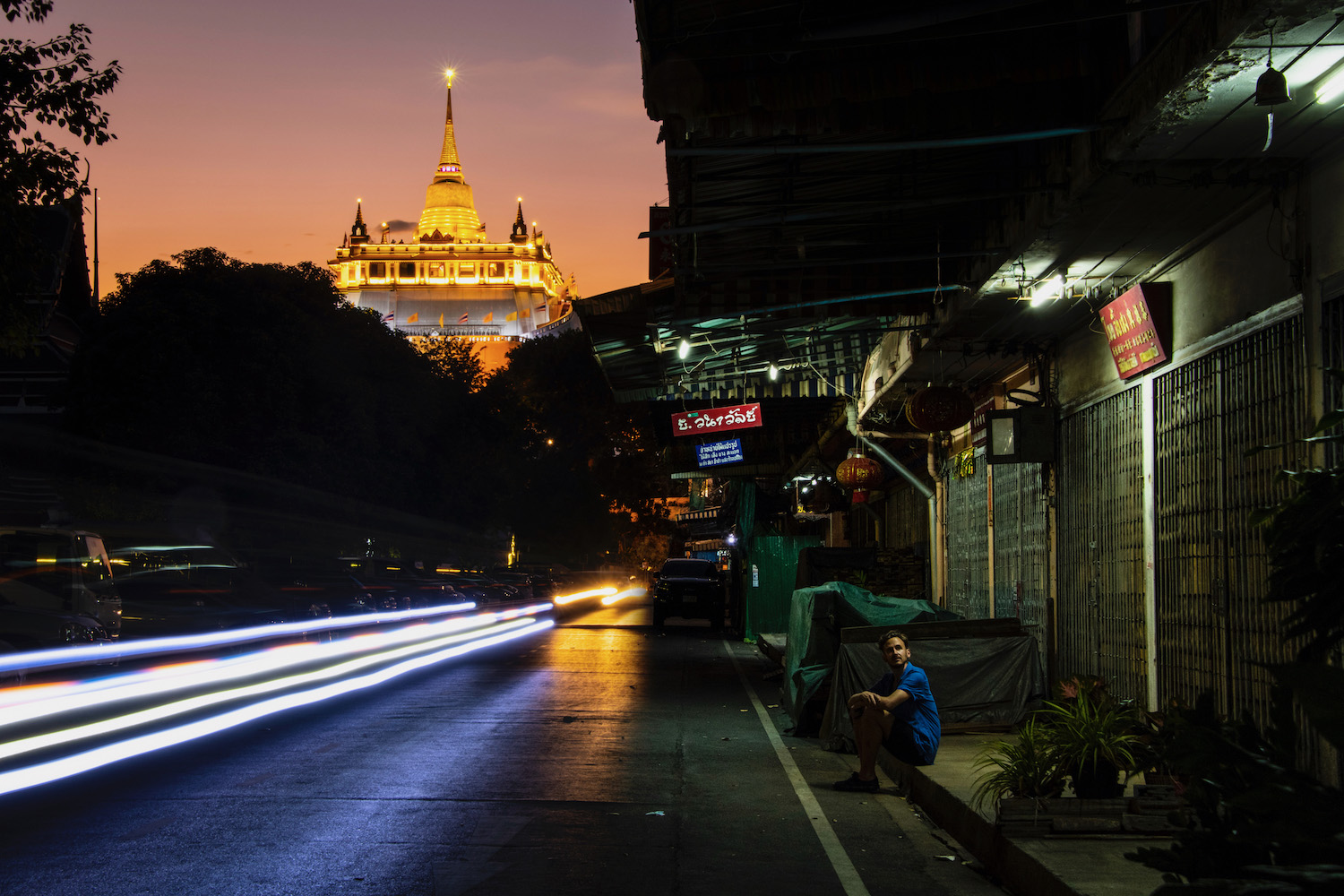Who doesn’t want to take better travel photos? Whether you want to pursue a career as a travel photographer, or simply want better snaps to one day show your grandkids, there’s value in taking steps to improve the pictures you take on trips.
The bad news? The secret to better travel photography is taking more photos of more places over as long a period of time as possible. More than any technique—more than all the techniques I’m about share in this post—experience and persistence are the key to taking striking travel pics that hold up over time.
The good news? While you count down the days to the next time you can your skills out in the field, the advice I’m about to provide is priceless preparation.
How I Got Into Travel Photography
When I bought my first DSLR over 12 years ago, I didn’t bother searching for travel photography tips: At that time, I was shooting for my own pleasure and didn’t have any actionable goal. It wasn’t until later that year, when a photo I’d captured without much thought won the grand prize of a major travel magazine, that I even thought I had what it took to become a travel photographer. (This also happened to be around the time my blog blew up more generally, as luck would have it).
Importantly, rather than searching for travel photographer jobs, I used my newfound validation to instead try and make every photo I took (or at least, every photo I shared and published) as striking and memorable as the one that had won me an African safari (which, fun fact, I never took due to a weird tax issue). Here are the five tips that have served my travel photography best over the past decade-plus.
5 Guaranteed Ways to Take Better Travel Photos
Use a real camera
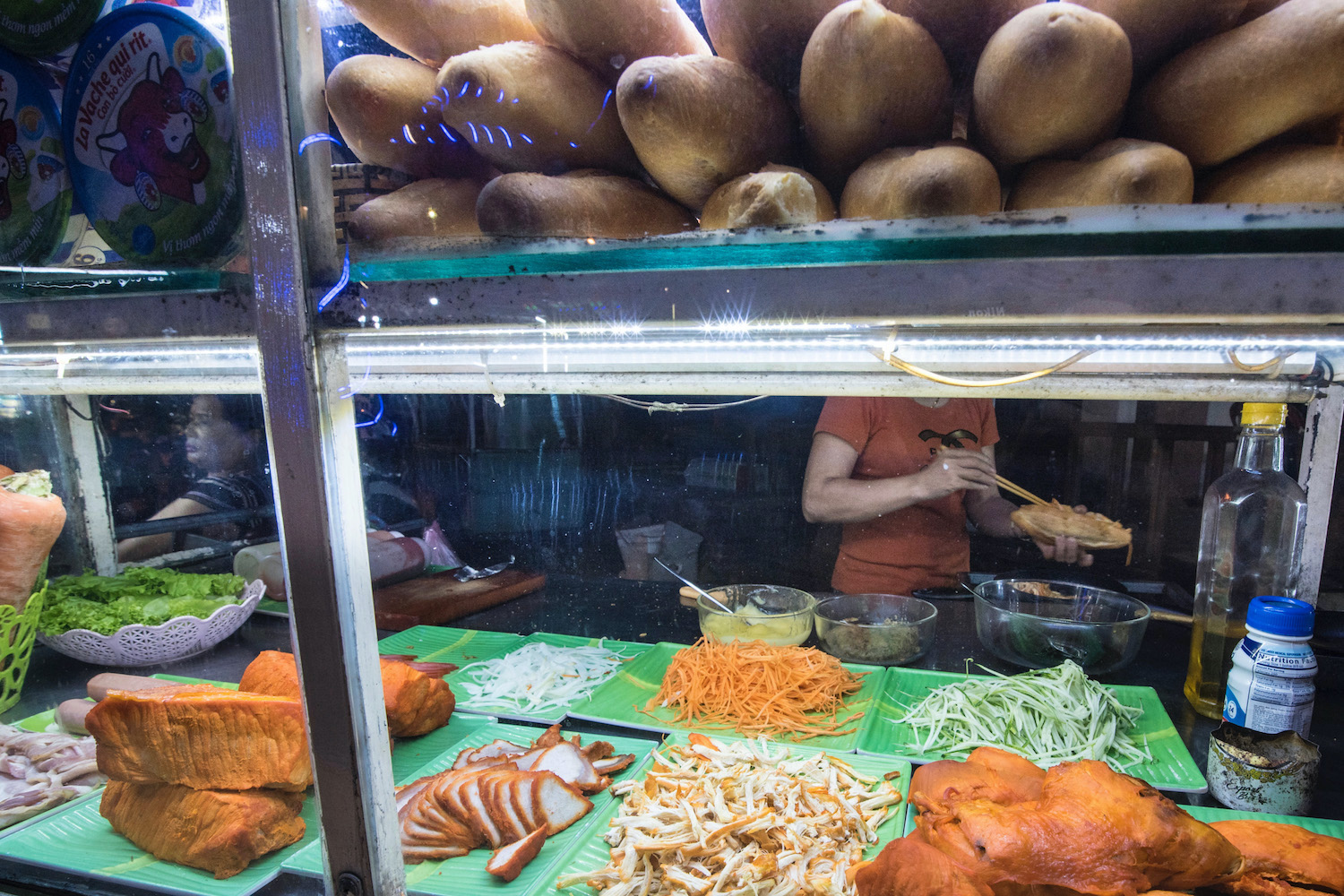
One day soon, cellphone cameras may approach or even exceed the quality and detail capabilities of DSLR and mirrorless cameras. But even when the day comes, I’ll probably continue using a “real” camera. In addition to the fact that tiny smartphone lenses just can’t achieve digitally what real lenses achieve optically when it comes to things like zoom and depth of field, I think there’s something to be said about the tactile element of photography. When your creative muscle becomes linked to your physical muscles, magical things start to happen.
Get a tripod

I resisted getting a tripod for a long time, primarily because I was convinced I didn’t care much about night shots. The reality, of course, is that the stability a tripod offers will help you take better travel pics at any time of day, and for any number of reasons. And of course, once I started shooting at night with a tripod, and experimenting will various exposures, apertures and other techniques, I realized that I actually did love night photography. Tripods are also indispensable for quality self-portraiture, although I’ll talk more about that in just a second.
Shoot in RAW
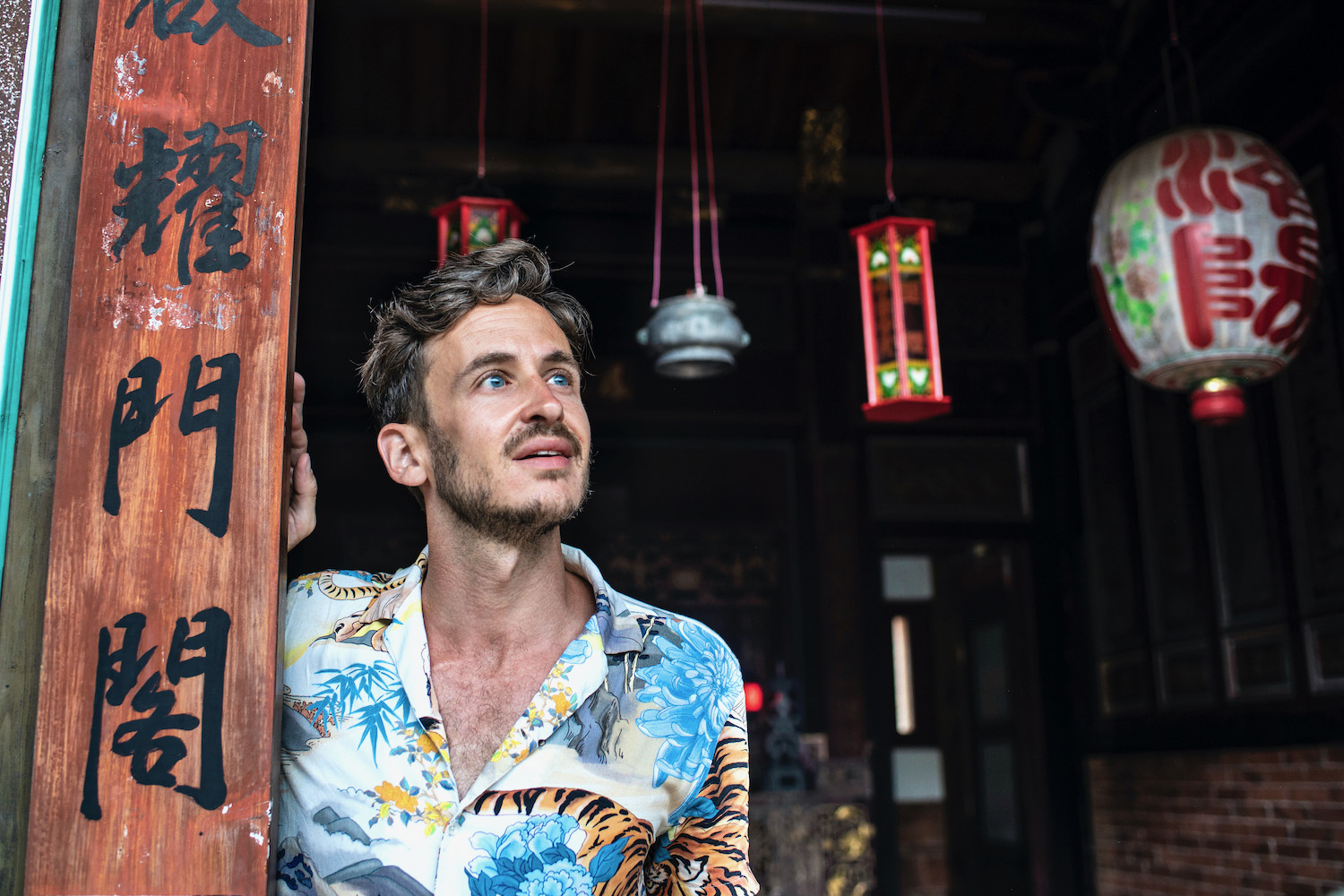
The term “Photoshop” has a negative connotation, for fair and unfair reasons. One indispensable use of the program, however, is editing photos you’ve shot in RAW. Shooting in the format, also sometimes known as “NEF,” allows you to make dramatic adjustments to exposure, contrast, clarity, saturation, vibrancy and other image qualities with a minimal effect on quality. Interestingly, the seven years I’ve been shooting in RAW helped me make peace with Photoshop: I now use the program pretty liberally, albeit mostly to “correct” photos rather than change or augment them.
Obsess about lighting
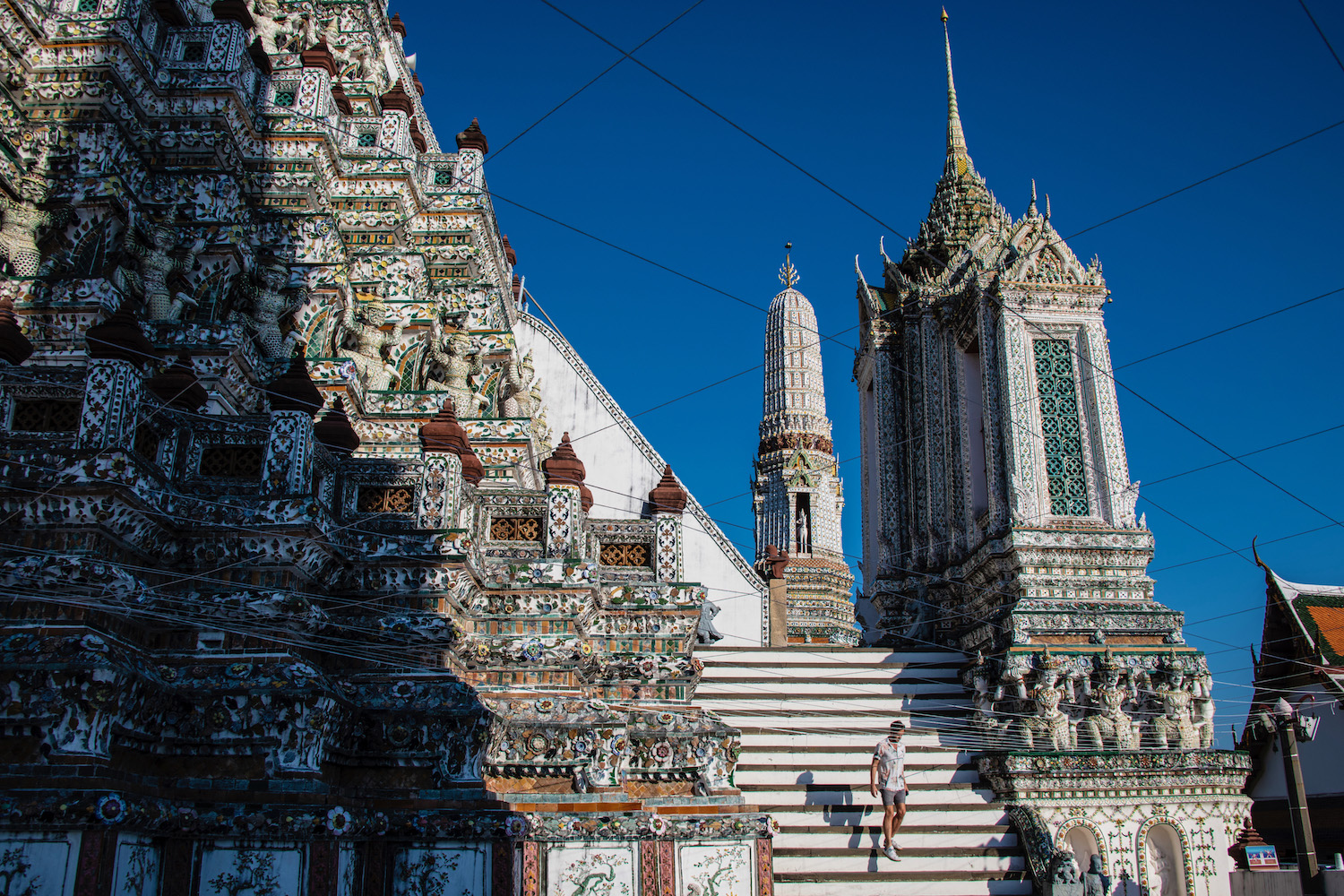
Many years ago, my good friend Dora (with whom I’ve traveled to India and Cuba, among other countries) told me “photography is really just a matter of lighting.” At the time, I thought the phrase was overly simplistic, but I’ve now come around. In fact, I’d say learning about lighting and internalizing what different types of light do to your pictures is the most important way to improve your travel photography. On the other hand, I don’t think you should only take photos during the golden or blue hours, as some photographers do. Rather, I just think you need to be mindful of what different lighting does, and shoot consciously to deliberate ends.
Cull and curate
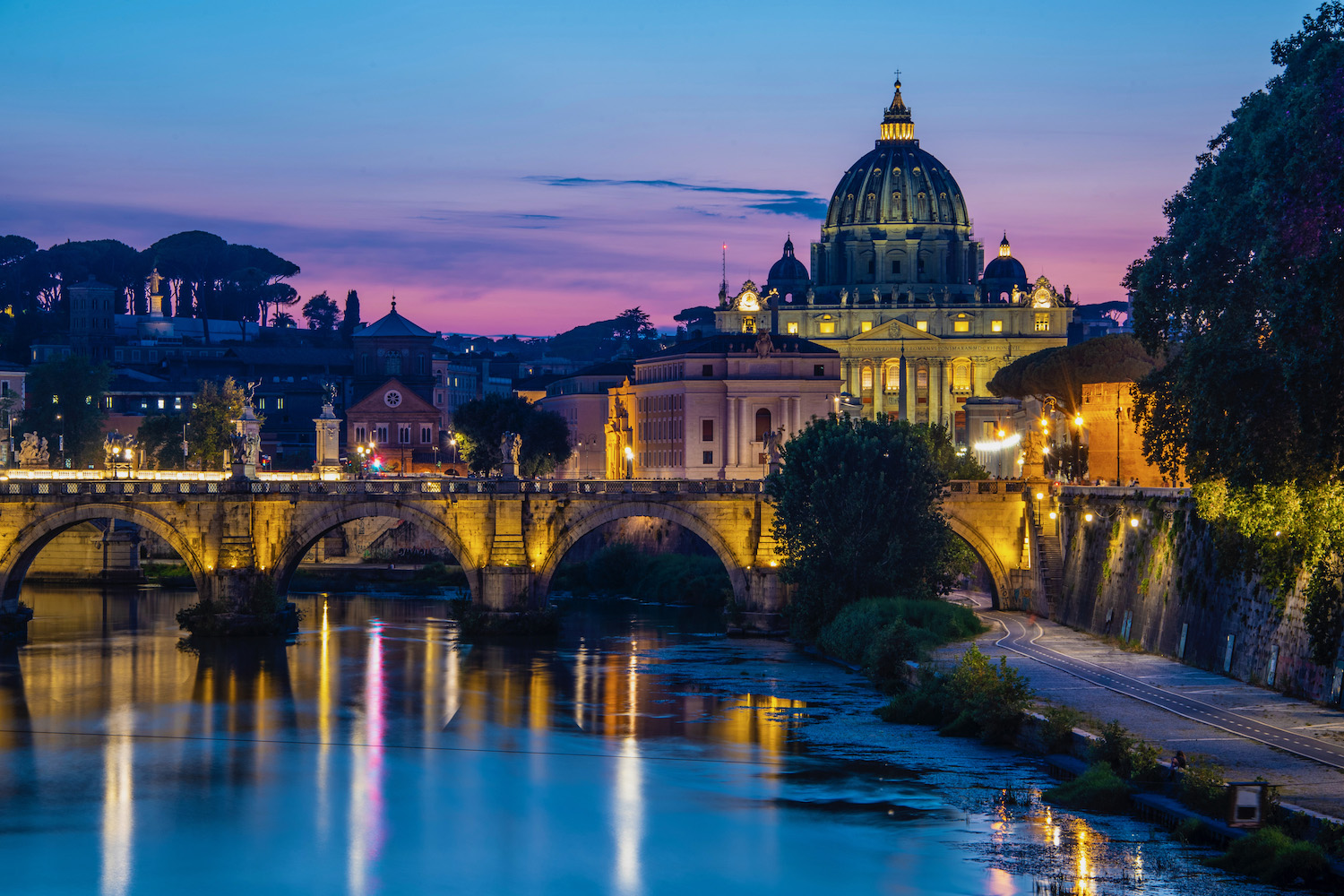
Photography is about lighting and capturing moments, each of which only occurs once ever. As a result, I often take the same shot multiple times, sometimes with only slight variation between the exposures. However, while I might take 1,000 pictures in a day of travel, only 100-200 of those NEF files will ever see the inside of my Photoshop app; of those, only 2-3 will ever be seen by anyone else, either on this blog or on social media. When I do share photos, it’s almost always as carefully curated album or essay (which allows each shot to shine on its own, and also for its role in presenting a broader narrative), rather than on a piecemeal basis.
My Travel Selfie Secret
Earlier in this post, I mentioned that I use tripods to take awesome self portraits. This might seem labor intensive—and I’m sure it looks strange to passers-by—but I swear by it. Essentially, using a tripod to photograph myself allows me to compose an awesome picture, and then “insert” myself into it once I’m sure it’s awesome. Ironically, this ends up making the picture much less self-indulgent and narcissistic, even if I approach the project from that standpoint.
Even if you aren’t hugely enthusiastic at capturing photos of yourself while travel, it’s still important to be able to take better travel pictures that include you. The fact is that selfie-stick or arm-stretched-out selfies often end up feeling like cheap, afterthought shots, even if the other pictures you take on a trip are generally excellent. Why not bring your A-game to all the photos you take and share, not just some of them?
Other FAQ About Travel Photography
How can I make my travel picture more interesting?
Two things can make travel pictures more interesting: Interesting subject or interesting ways or capturing and presenting them. If you don’t plan to travel anywhere with compelling scenery, cuisine or people, consider varying your photographic technique (time of day, exposure and aperture, white balance), or even processing your photos in a unique and different way.
What makes for good travel photography?
Good travel photography, at its root, transports you to a place—and, more ideally, inspires you to take a trip there. It achieves this affect by engaging as many of your senses as possible, and by putting into a single image the color, heat, motion, flavor, smell and spiritual energy of a destination, group of people, meal or any other travel experience. As far as how to achieve this, it’s a combination of equipment, technique, discipline, dedication and curation.
Is travel photography a good career?
Travel photography is a career that, on its own, has increasingly poor returns. There’s simply too much amazing travel stock photography online, at too low a price, for most companies or individuals to pay top dollar for even the most unique travel photos. On the other hand, if you package your travel photos alongside another product or service (for me, it’s travel writing and custom itinerary planning), you can financially justify the investment required to take your travel photography to the next level.
The Bottom Line
I hope I’ve given you actionable advice about how to take better travel photos. Some of these tips require skin in the game, like my suggestions that you purchase a tripod (and, more importantly, a real camera). Others, such as my recommendation that you shoot in RAW or become so mindful of lighting conditions that you’re almost obsessed, are less about hardware and more about software—Photoshop and your brain, respectively. Finally, an underrated key to better travel photography is only to share your very best shots, and to do so only as part of carefully-curated collections. If you keep all these tips in mind, and commit yourself to traveling as often as possible as long as you can, I promise you’ll see major improvements.



